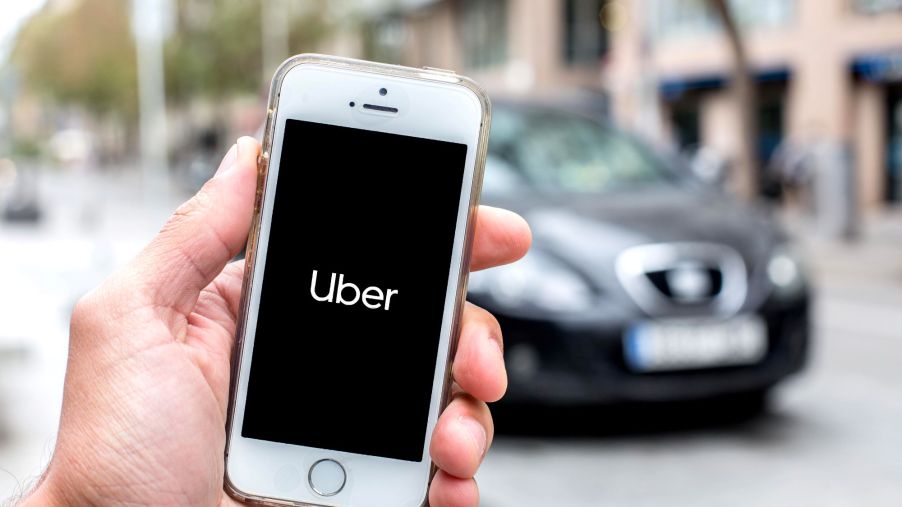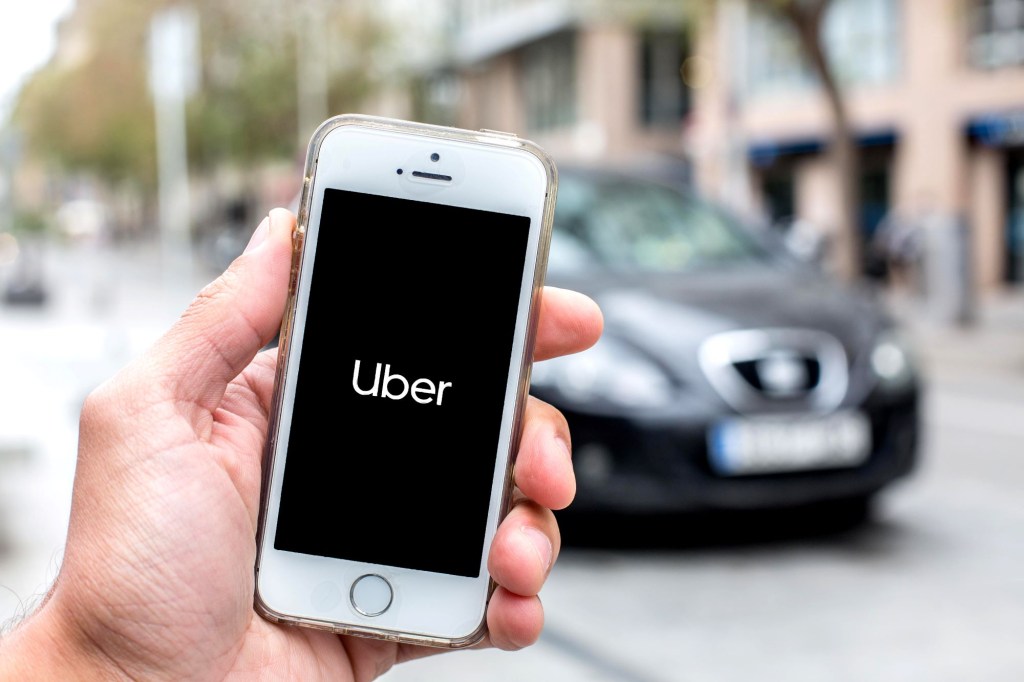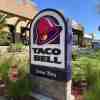
Uber Says Sorry to Customers and Spends $250 Million to Lure Drivers, but Some Are Still Not Happy
For a while, rideshare companies like Uber and Lyft were surging. Pre-pandemic, they were the up-and-coming alternative to busses and taxis or using your own car. Calling a ride was as simple as an app on your phone, and Uber and Lyft drew both consumers and drivers. It was an easy way for consumers to get around, and for drivers, it was a great way to get some extra money or even make a career out of it. However, since the pandemic, ridesharing companies have been facing some trouble with financing.
The pandemic affected Uber’s bottom line

As pandemic-related restrictions increased and people started staying home rather than going out or traveling, Uber struggled. The Wall Street Journal says that Uber posted consecutive losses for the third quarter in a row. While rides are still down and are still well below what they were pre-pandemic, Uber saw the light at the end of the tunnel. They were only down 53%, as opposed to the 75% of the quarter before.
This translates into monetary losses. Uber has seen some rebound of late but is still struggling. Uber moved into food delivery, hoping to offset the losses, but the uptick in delivery hasn’t surpassed the downturn in ridesharing. Net losses for the company surpass $1 billion. In the last year, Uber has lost nearly a quarter of its staff, not including drivers. Still, the company is trying to regroup.
Uber emailed its customers
Uber emailed customers on April 12, 2021. The email read, “We’re always working to improve your Uber experience: We’ve invested in a $250 million driver stimulus to help more drivers get back on the road to get you where you’re going. Thanks for being patient with us! As cities have begun to reopen, we know we haven’t always been able to match you with a driver as quickly as expected. But more drivers are now back on the road and ready to get you wherever you’re going. We hope you’ll give us another try.”
During the pandemic, with little to no work, rideshare companies lost many of their drivers. As pandemic restrictions eased, people started going out again, but Uber didn’t have enough drivers to meet demand. As a result, wait times were higher than customers wanted, or rides were just unavailable. For a company trying to overturn a billion-dollar loss, losing customers when they were ready for an upswing in business would be a death knell.
According to Uber itself, they have launched a $250 million program to get drivers back on the road. Even before giving stimulus money to drivers, Uber claims that they can make between $25 and $35 an hour. The stimulus, it says, will give both current and new drivers incentives and boosts to already high earnings.
Drivers have their own opinions
According to The Guardian, drivers are saying just the opposite. Even though Uber is seeing some gains and has stated that they are investing in their drivers, many drivers see lower pay than ever. Some reasons for this include lower minimum pay for long-distance trips. There have also been no living wage increases or compensation for rising gas prices.
Drivers say that Uber’s bonuses are unattainable, and they are no longer getting as much of the fares as they used to. The company is now taking more of a percentage of the fares to pay for other compensation, even though customers’ fares are rising. Some drivers have even reported being charged for rides and, because fares are higher than ever, drivers report getting less in tips.
Uber and Lyft will have to address these issues to pull themselves out of the pandemic slump.


